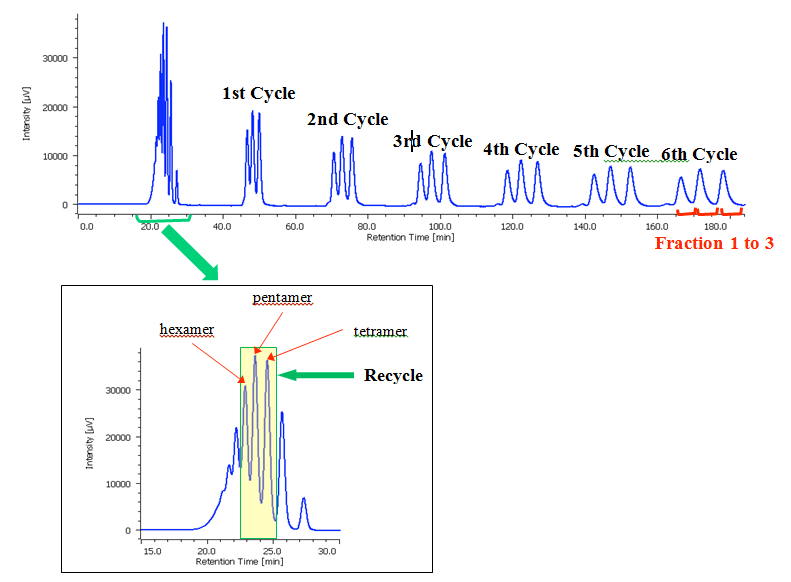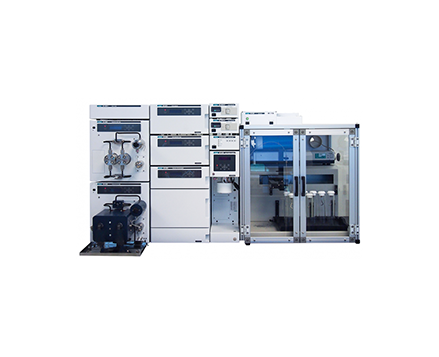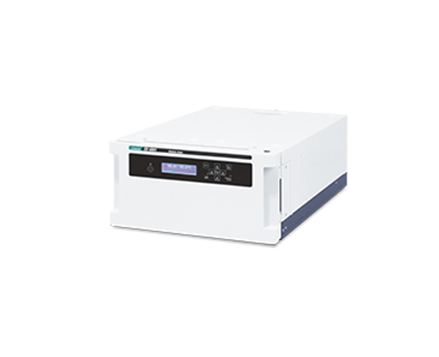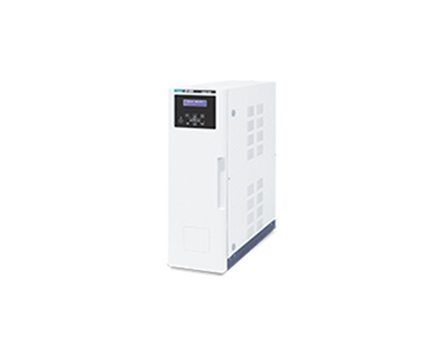Recycling Preparative HPLC of Polystyrene Oligomer
January 5, 2024
Introduction
Recycling Preparative HPLC is a separation technique that can achieve complete separation of a number of components by repeatedly cycling the eluent to the same column. This has the same effect as using longer or multiple columns. When applied to preparative HPLC each purified component can be fractionated very effectively.
This technique has the following features:
(1) Reduced column costs, as it is not necessary to use longer or multiple columns.
(2) Reduces environmental loads and costs, because in recycle mode, the same mobile phase solvent is used repeatedly while improving separation.
(3) Effective preparative purification because each component is fractionated only after improving the separation.

Experimental
Equipment
| Eluent Pump: | PU-2086 |
| Autosampler: | AS-2058 |
| Detector: | UV-2070 (with semi-prep. cell) |
| Fraction Collector: | ADVANTEC CHF122SC |
| Fraction Controller | FC-2088-30 |
| Fraction Valve unit | HV-2088-06 |
Conditions
| Column | Megapak GEL 201C (20mm ID x 500 mmL) |
| Eluent: | Chloroform |
| Eluent Flow Rate: | 3.0 mL/min |
| Wavelength: | 254 nm |
| Injection Volume: | 200 uL |
| Standard Sample: | Polystyrene Oligomer (1.0 %(w/v) in Chloroform) |

Keywords
320009H
Results
Fig. 2 Recycle chromatogram of a Polystyrene Oligomer, showing the improvement of separation by recycling six times in approximately 180 minutes. Three components tetramer, pentamer and hexamer of Polystyrene Oligomer were clearly separated and fractionated.

Featured Products:

Recycling Preparative HPLC of Polystyrene Oligomer
Introduction
Recycling Preparative HPLC is a separation technique that can achieve complete separation of a number of components by repeatedly cycling the eluent to the same column. This has the same effect as using longer or multiple columns. When applied to preparative HPLC each purified component can be fractionated very effectively.
This technique has the following features:
(1) Reduced column costs, as it is not necessary to use longer or multiple columns.
(2) Reduces environmental loads and costs, because in recycle mode, the same mobile phase solvent is used repeatedly while improving separation.
(3) Effective preparative purification because each component is fractionated only after improving the separation.

Experimental
Equipment
| Eluent Pump: | PU-2086 |
| Autosampler: | AS-2058 |
| Detector: | UV-2070 (with semi-prep. cell) |
| Fraction Collector: | ADVANTEC CHF122SC |
| Fraction Controller | FC-2088-30 |
| Fraction Valve unit | HV-2088-06 |
Conditions
| Column | Megapak GEL 201C (20mm ID x 500 mmL) |
| Eluent: | Chloroform |
| Eluent Flow Rate: | 3.0 mL/min |
| Wavelength: | 254 nm |
| Injection Volume: | 200 uL |
| Standard Sample: | Polystyrene Oligomer (1.0 %(w/v) in Chloroform) |

Results
Fig. 2 Recycle chromatogram of a Polystyrene Oligomer, showing the improvement of separation by recycling six times in approximately 180 minutes. Three components tetramer, pentamer and hexamer of Polystyrene Oligomer were clearly separated and fractionated.

Keywords
320009H

 Download This Application
Download This Application

